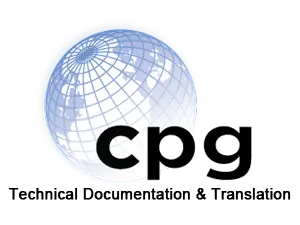
What Is an Administrative Manual?
An administrative manual is a comprehensive document outlining a company’s policies, procedures, and guidelines. It serves as a reference for employees, ensuring consistency in operations. Unlike an owners manual, which focuses on product usage, an administrative manual governs internal business processes.
Why Administrative Manuals Are Important
A well-structured manual improves efficiency, reduces errors, and enhances compliance. It helps businesses:
- Maintain consistent procedures
- Streamline employee training
- Ensure regulatory compliance
- Improve decision-making processes
Companies without clear documentation risk inefficiencies and miscommunication. A structured manual ensures that everyone follows the same guidelines.
Key Components of an Administrative Manual
An effective administrative manual typically includes:
- Company Policies – Mission, vision, and values
- Standard Operating Procedures (SOPs) – Step-by-step instructions for common tasks
- Employee Guidelines – Roles, responsibilities, and workplace rules
- Compliance Information – Legal and industry-specific requirements
- Emergency Procedures – Steps to follow in case of a crisis
Each section should be clear, concise, and easy to navigate.
How to Create an Administrative Manual
1. Identify Key Areas
Determine what sections are necessary based on your business operations. Consider legal requirements and industry best practices.
2. Gather Information
Work with department heads to compile accurate procedures. Use existing documentation, including technical manuals, to ensure consistency across all business documents.
3. Structure the Content
Organize the manual logically. Use headings, bullet points, and numbered lists to improve readability.
4. Write in Clear Language
Avoid complex jargon. The manual should be easy to understand for all employees. If needed, hire a technical manual writing service to ensure accuracy and clarity.
5. Implement and Train Employees
Once completed, distribute the manual and provide training. Employees should understand how to use it effectively.
6. Review and Update Regularly
Business processes change over time. Regularly update the manual to reflect current policies and procedures.
The Difference Between Administrative and Technical Manuals
While an administrative manual focuses on company policies, a technical manual provides detailed instructions on product usage, maintenance, and troubleshooting. Both documents are crucial for efficient operations but serve different purposes.
Conclusion
An administrative manual is essential for any business aiming for efficiency and consistency. It ensures employees follow standardized procedures, improving productivity and compliance. Whether you’re creating one from scratch or refining an existing document, a well-structured manual is a valuable asset to your company.
Back To News
 800-541-8270
800-541-8270